Simulation Standard
Technical Journal
A Journal for Process and Device Engineers
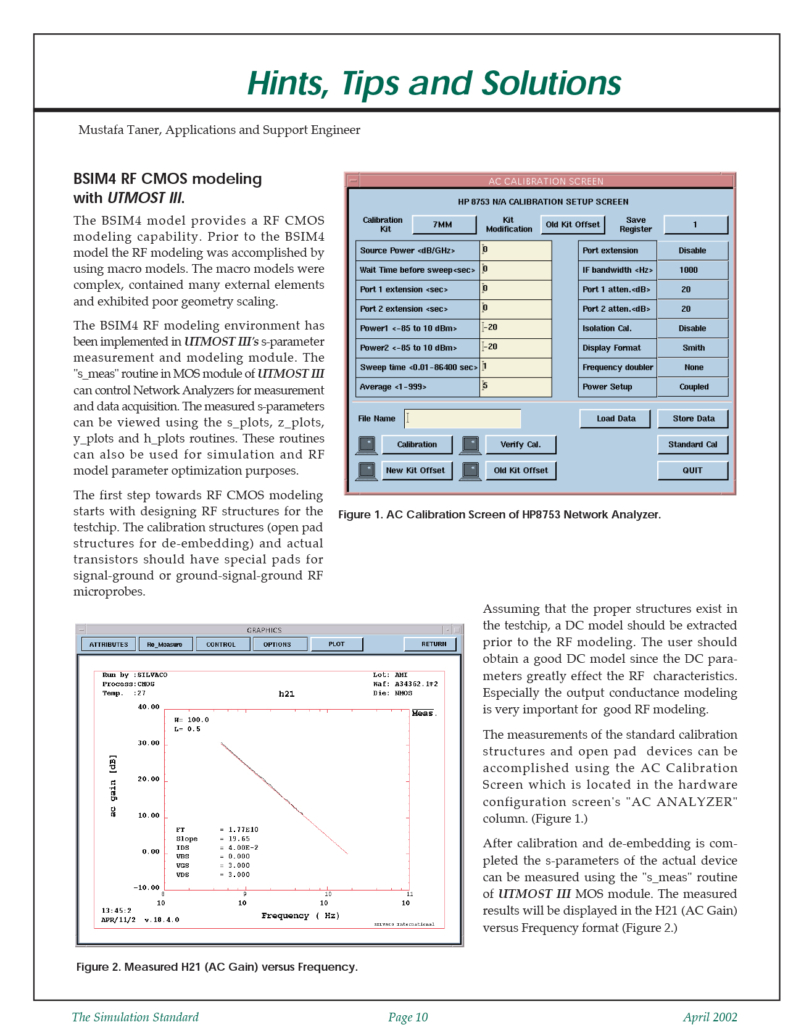
BSIM4 RF CMOS Modeling with UTMOST III
The BSIM4 model provides a RF CMOS modeling capability. Prior to the BSIM4 model the RF modeling was accomplished by using macro models. The macro models were complex, contained many external elements and exhibited poor geometry scaling.
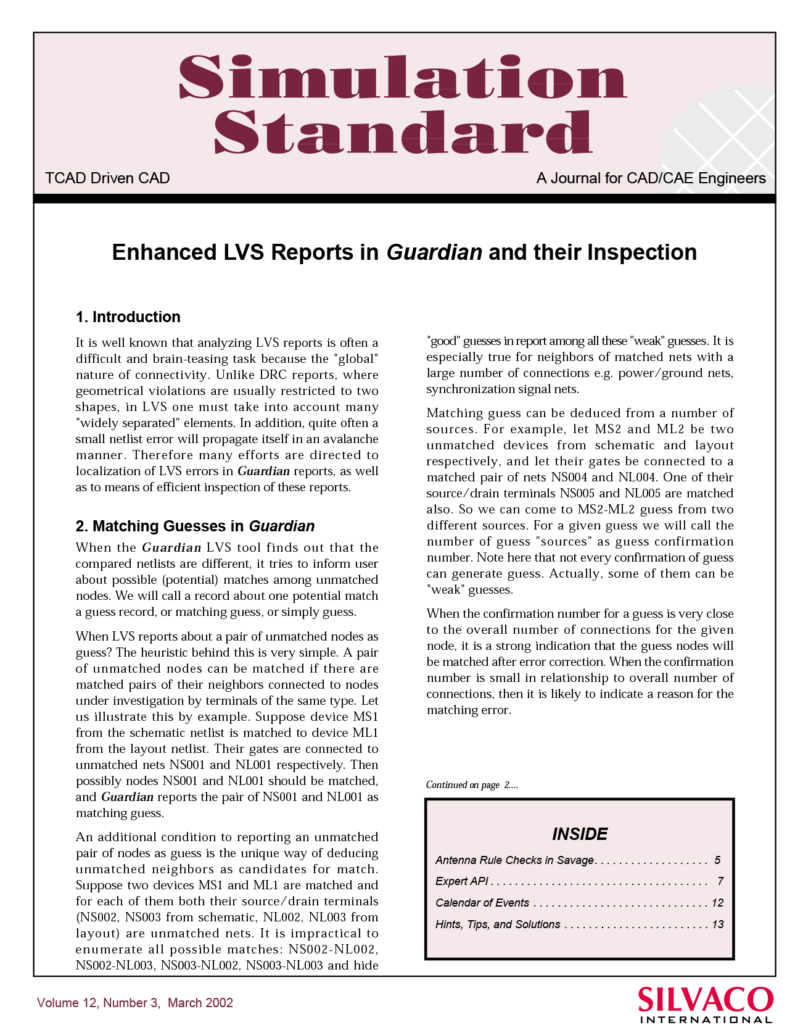
Enhanced LVS Reports in Guardian and Their Inspection
It is well known that analyzing LVS reports is often a difficult and brain-teasing task because the "global" nature of connectivity. Unlike DRC reports, where geometrical violations are usually restricted to two shapes, in LVS one must take into account many "widely separated" elements. In addition, quite often a small netlist error will propagate itself in an avalanche manner. Therefore many efforts are directed to localization of LVS errors in Guardian reports, as well as to means of efficient inspection of these reports.
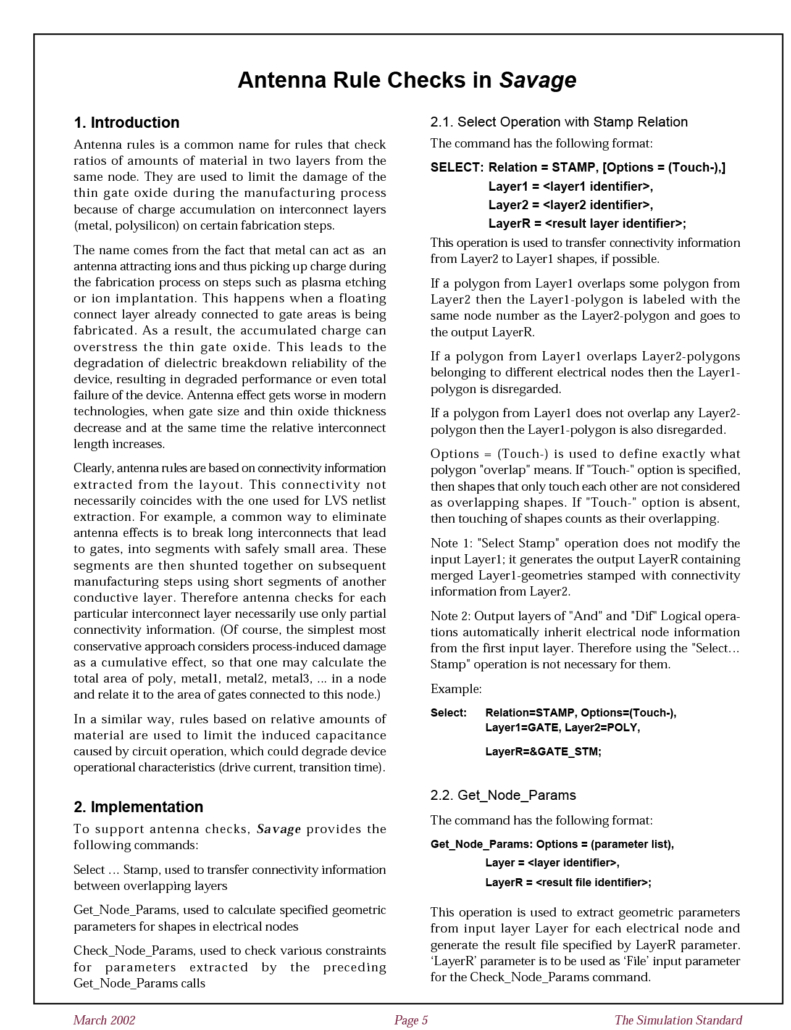
Antenna Rule Checks in Savage
Antenna rules is a common name for rules that check ratios of amounts of material in two layers from the same node. They are used to limit the damage of the thin gate oxide during the manufacturing process because of charge accumulation on interconnect layers (metal, polysilicon) on certain fabrication steps.
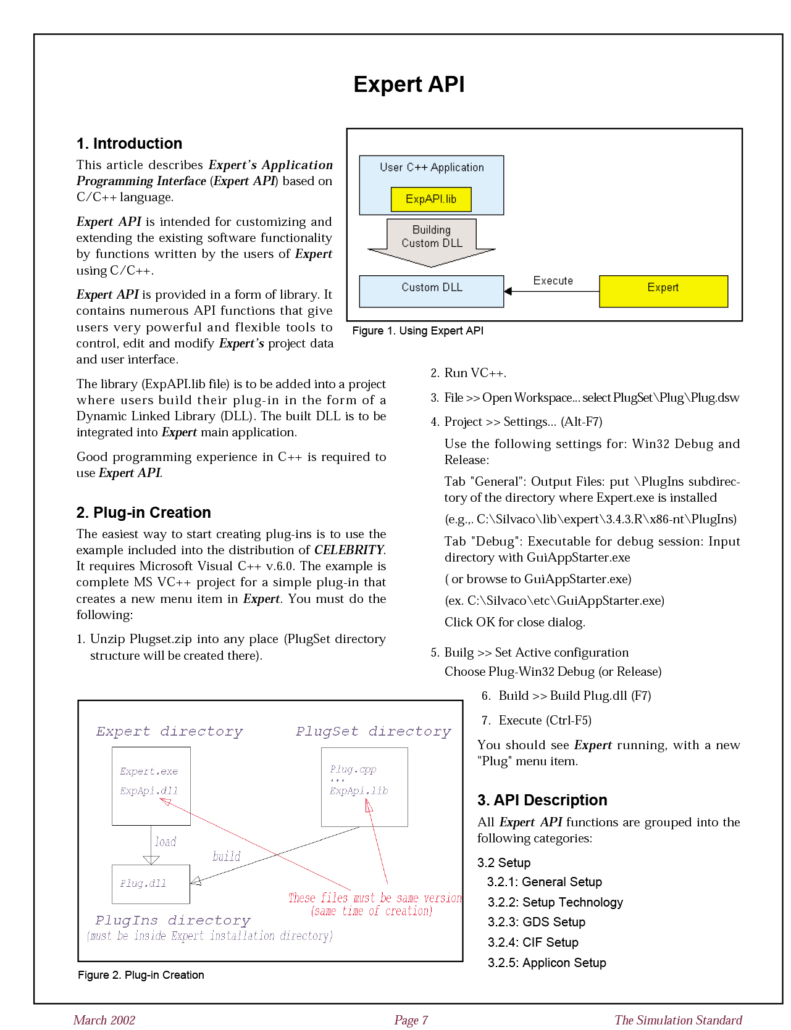
Expert’s Application Programming Interface (Expert API)
Expert API is intended for customizing and extending the existing software functionality by functions written by the users of Expert using C/C++.
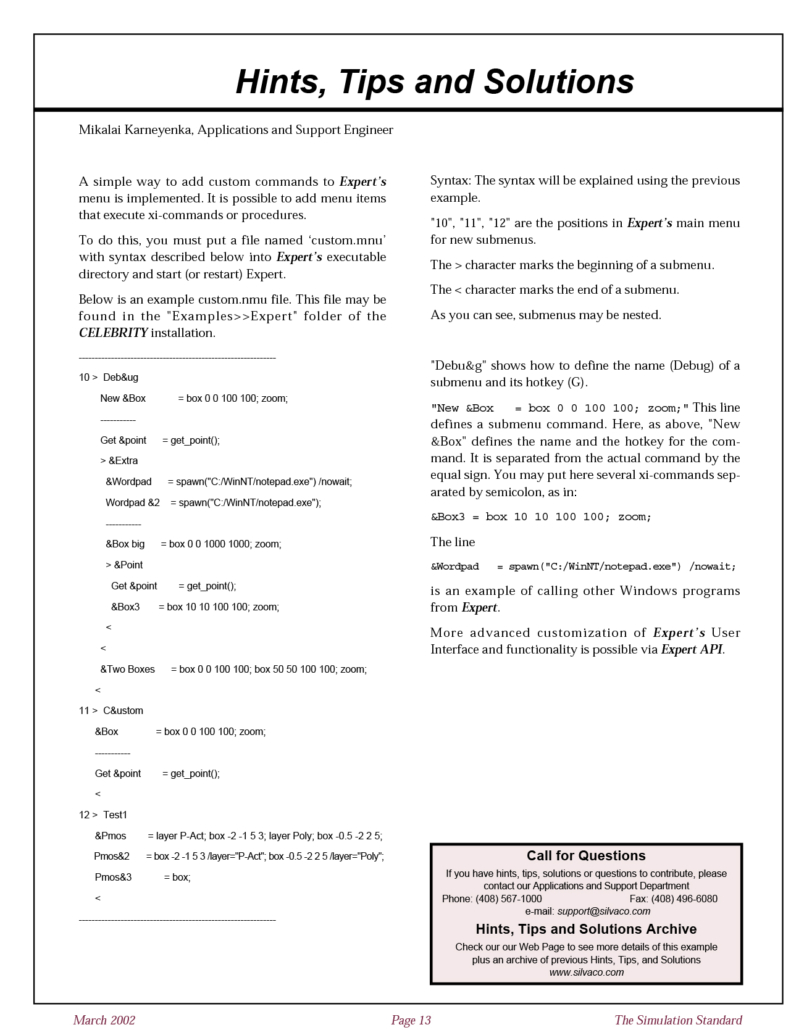
Add Custom Commands to Expert’s Menu
A simple way to add custom commands to Expert's menu is implemented. It is possible to add menu items that execute xi-commands or procedures. To do this, you must put a file named 'custom.mnu' with syntax described below into Expert's executable directory and start (or restart) Expert.
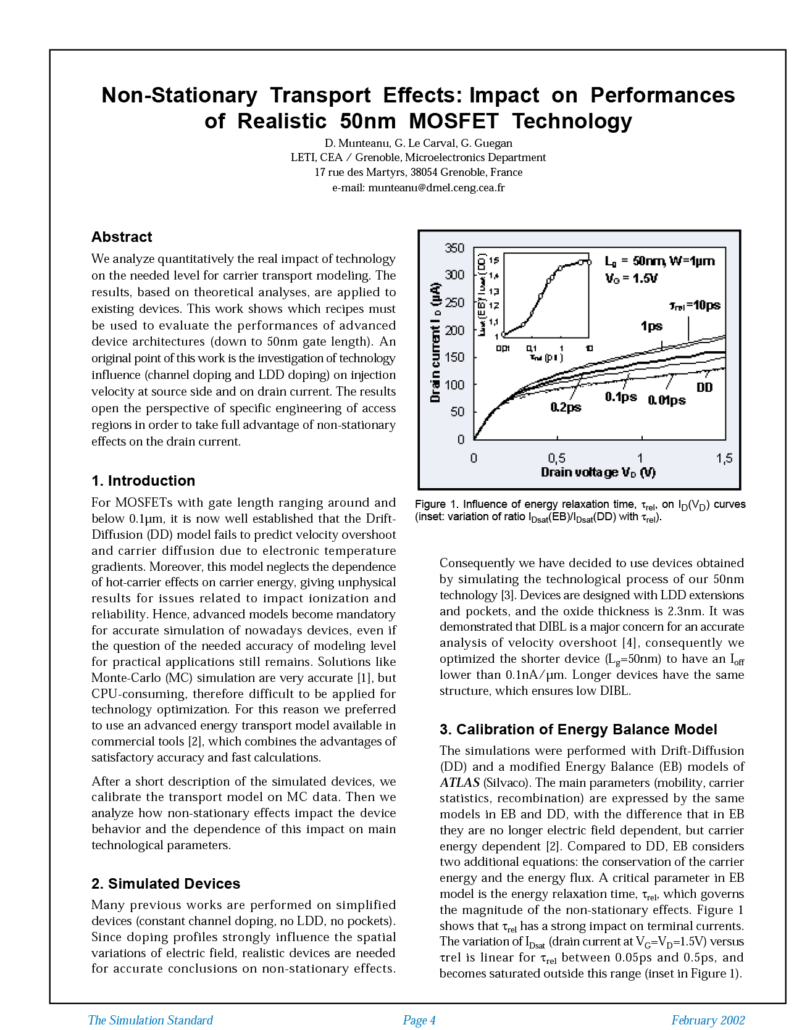
Non-Stationary Transport Effects: Impact on Performances of Realistic 50nm MOSFET Technology
We analyze quantitatively the real impact of technology on the needed level for carrier transport modeling. The results, based on theoretical analyses, are applied to existing devices. This work shows which recipes must be used to evaluate the performances of advanced device architectures (down to 50nm gate length).

